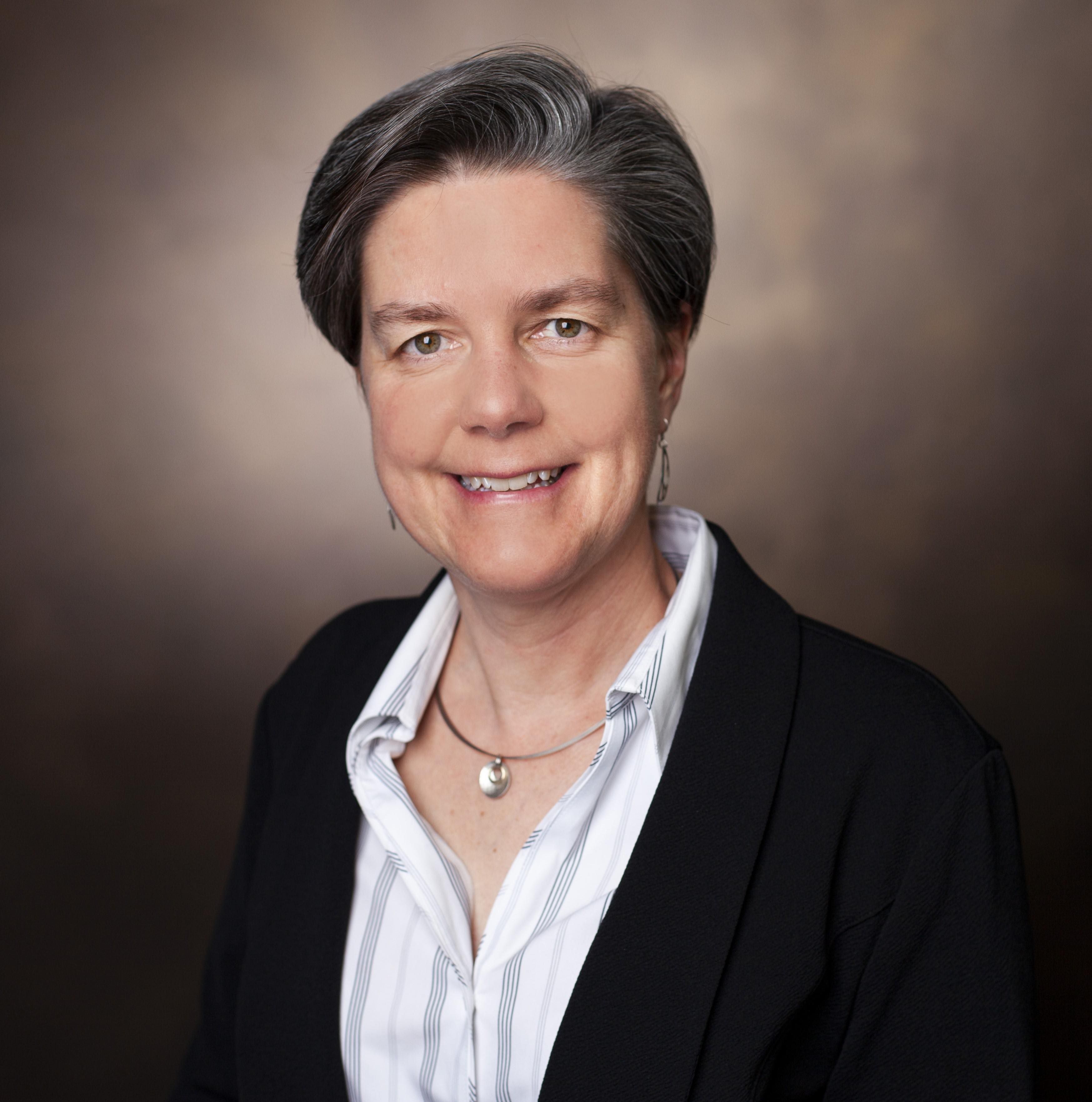Commentary
Article
Updated Guidelines Expand Lung Cancer Screening Eligibility for At-Risk Patients: Dr Melinda Aldrich
Author(s):
Melinda C. Aldrich, PhD, MPH, associate professor in the departments of medicine, thoracic surgery, and biomedical informatics at Vanderbilt University, discussed recently updated lung screening guidelines from the American Cancer Society and the importance of equity across populations as new guidelines are developed.
Regular lung cancer screenings to catch the disease in an earlier, more treatable state have potential to improve outcomes for patients, and updating guidelines as new research emerges is crucial.
In an interview with The American Journal of Managed Care® (AJMC®), Melinda C. Aldrich, PhD, MPH, associate professor in the departments of medicine, thoracic surgery, and biomedical informatics at Vanderbilt University, discussed recently updated lung screening guidelines from the American Cancer Society (ACS). Aldrich also spoke to the importance of equity across populations as new guidelines are developed, as well as the risks and benefits of screening.
AJMC: The ACS recently released new guidance which would expand the eligible population for lung cancer screening. Can you walk us through these updates and what the impact may be?
Aldrich: This was a very important announcement. Their prior guidelines were that you needed to be between age 55 to 74 years, and either be someone who currently smokes or formerly smoked and have quit within the last 15 years, and have what we call a 30 pack-year history. They had not updated their guidelines since the guidelines were passed in 2013. So, finally, they've revised their guidelines and have removed the quit time—the years since quitting—from the eligibility criteria. It's now resulting in more individuals that are eligible. It remains to be seen what happens as a downstream effect of removing this quit time eligibility, but it makes it a lot simpler for patients rather than trying to figure out how long ago you quit, so this is a really important guideline change.
Melinda C. Aldrich, PhD, MPH, Vanderbilt University

They've essentially aligned to the USPSTF, which is the US Preventive Services Task Force, and that's the governing body that sets forth all of our screening regimens. And with that, then the Medicare and Medicaid kicks in for insurance purposes. Essentially, the ACS has reduced the age from 55 to 50, and said that the eligible age is 50 to 80, and they’ve aligned with USPSTF now and reduced the smoking eligibility to 20 pack-years. If you have smoked a pack a day for 20 years, that would be a 20 pack-year smoking history, for example. Now, if you either currently smoke or have formerly smoked, and have that 20 pack-year smoking history, you're eligible for screening, and they've aligned now with the USPSTF.
Our work actually led to the former changes 2 years ago by the USPSTF, where we demonstrated that there were racial disparities, with fewer Black Americans being eligible for screening. As a result, the USPSTF changed the guidelines, reducing it to age 50, and reducing the smoking pack-years from 30 to 20. Finally, the ACS is aligning with those guidelines. But they've gone beyond the USPSTF and they're now recommending removal of that quit time. The USPSTF has not yet adopted that quit time removal, so we'll see what happens over time. In some ways, it's a very difficult landscape to follow, because different societies have different guidelines, and keeping up with where insurance companies are covering and what either Medicare or Medicaid is covering all varies. It can be a complicated landscape about what is currently covered, but also an exciting area to be in with research.
AJMC: When updating screening recommendations, how should the benefits and harms of increased screening be balanced?
Aldrich: Screening is a tricky thing, because we want to balance the risks and benefits. One of the key components of the screening guidelines is not only are patients asymptomatic, but they also have no significant health conditions that would prevent them from undergoing a lung surgery. Lung cancer is unique in that it's a much more invasive surgery compared to, say, breast cancer, for example. It’s really important that we weigh those risks and benefits from screening in case we need to do surgical treatments and have a bit more of an invasive treatment plan. The benefits are going to be life years gained, for example, so longer life and reduced mortality for populations. But the risks are weighing radiation or surgery and other things. It really involves a conversation with your health care provider about the risks and benefits and what your personal decisions are, as well as what the consequences are after screening, for example. So it can be quite a complicated landscape compared to some of the other cancers.
AJMC: Do guidelines, or should guidelines, consider racial, ethnic, socioeconomic, or sex-based differences in smoking behaviors and lung cancer risk?
Aldrich: Absolutely. We should be considering race, ethnicity, socioeconomic status, and gender with all of our screening eligibility. In particular, as we begin to perhaps move towards more complicated risk models rather than general age and smoking criteria. We know that smoking behaviors vary across populations. Women, for example, tend to smoke less than men. We know that Black Americans tend to smoke fewer cigarettes per day in general—on average, about half a pack a day vs White Americans who smoke about a pack a day—so it's really important that we consider these differences when we're making the guideline recommendations. Equity is a key component here. And how we measure equity is tricky, but really trying to make sure that we have equity across not only racial groups, but also geographic regions. If you live in a rural area or urban, do you have access to screening? Also across gender, knowing how these smoking behaviors might vary across populations. So, there's really an important health equity piece with lung cancer screening that certainly the USPSTF is aware of and is trying to consider, and the ACS as well, when they're making their guidelines. I think we're doing a good job, and we'll see how things play out over time as the guidelines continue to change and update.
This interview has been edited for length and clarity.





